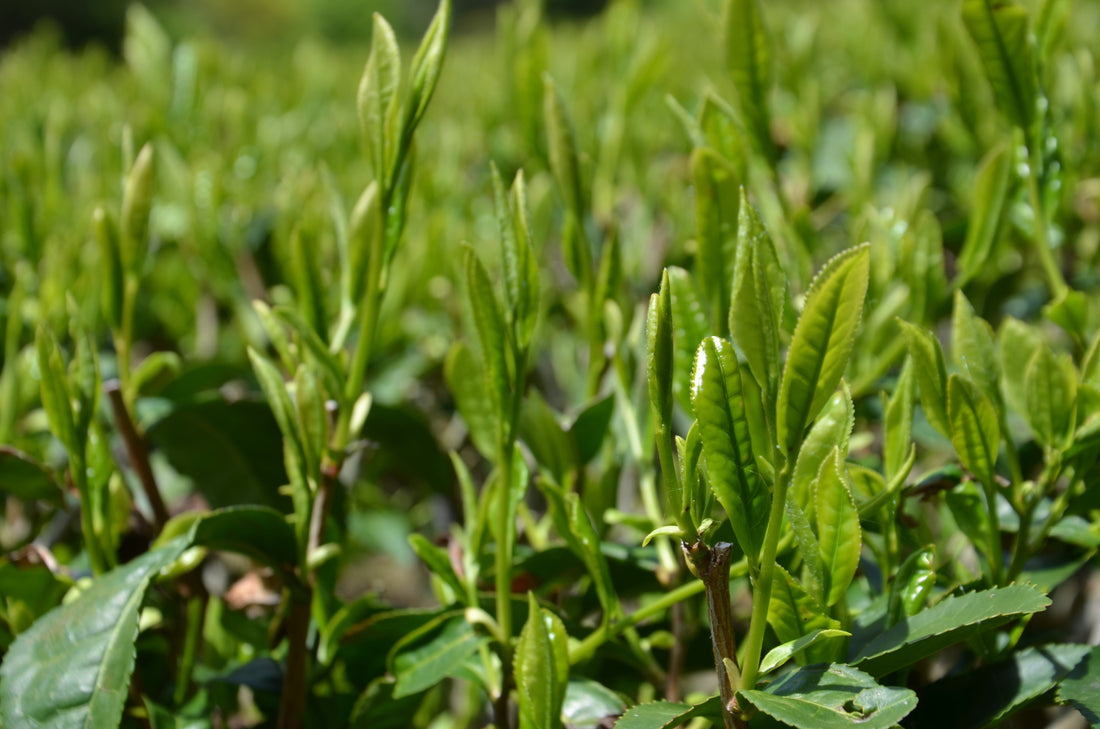
Vol. 1 So, What Exactly Is Japanese Tea?
Share
Japanese tea is deeply rooted in everyday life in Japan. Yet, when we stop to ask, “What defines Japanese tea?”, the question turns out to be more complex than it seems.
“Japanese tea” refers to all types of tea produced in Japan. Among them, the most common type is what’s known as green tea.
Japanese green tea is made through a unique process called mushisei-hō (steaming method), in which freshly picked tea leaves are steamed and then dried. This stops the fermentation process, making it a non-fermented tea. Thanks to this method, the leaves retain their vivid green color and deliver a distinctive aroma and umami flavor when brewed.
This special technique—and the flavor it creates—sets Japanese tea apart from teas produced elsewhere in the world.

The Tea Plant
Let’s take a closer look at the plant behind all tea: the tea tree (Camellia sinensis). It’s an evergreen shrub belonging to the camellia family, capable of growing in both temperate and tropical regions across the globe.
From the same plant, depending on which leaves are picked and how they’re processed, a wide variety of teas can be made—not only green tea, but also hojicha, matcha, and even black tea and oolong tea.
It’s fascinating to think that all these different teas share the same origin!

A Brief History of Japanese Tea
Tea was first introduced to Japan during the Heian period (8th–12th centuries), when envoys returning from China brought back tea seeds and processing techniques. Tea cultivation soon began in regions such as Kyoto and Kamakura.
By the Muromachi period (14th–16th centuries), Zen Buddhist monks played a central role in shaping tea culture, establishing tea gatherings and the practice of chanoyu (the Japanese tea ceremony).
Among them, Sen no Rikyū (1522–1591) stands out as the figure who systematized the philosophy of tea and developed the spirit of wabi-cha — a tea practice that embraces simplicity, humility, and quiet elegance.
During the Edo period (17th–19th centuries), tea cultivation spread to regions such as Shizuoka, and tea drinking became part of everyday life for common people.
A wider variety of teas and ways of enjoying them began to emerge — such as sencha, matcha, and genmaicha — becoming deeply integrated into Japan’s food culture.
Even today, Japanese tea is much more than a beverage. It remains an expression of culture and spirit—reflecting the Japanese sense of beauty, mindfulness, and appreciation for the seasons.
